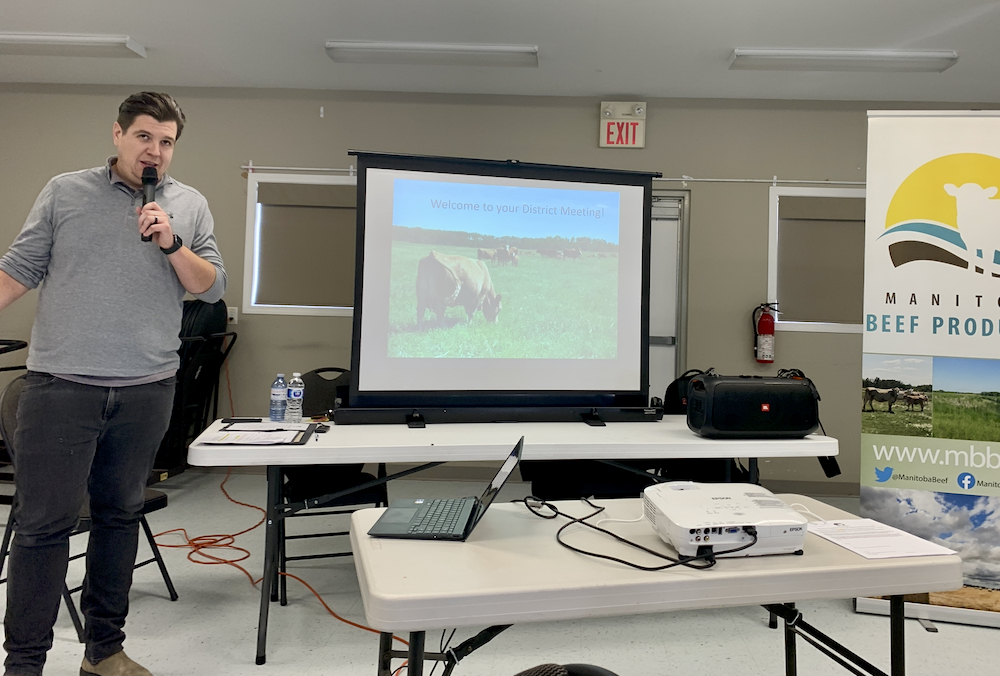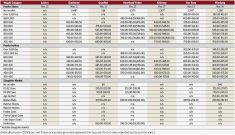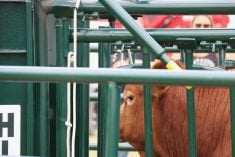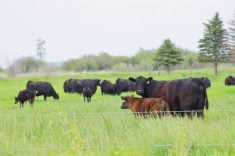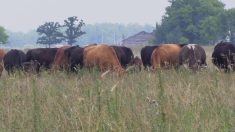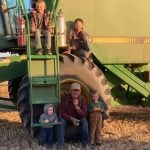Agricultural Crown lands continue to be a top priority for the Manitoba Beef Producers (MBP), says general manager Carson Callum.
“This is an important file for MBP,” he said. “MBP continues to advocate in our submissions for things like the continuation of unit transfers, adjustment to the auction process, and better ways to value the leaseholder improvements.”
Callum was speaking at the South Interlake Rockwood Ag Society on Oct. 19 during the first of eight MBP district meetings that will run through Nov. 8.
Read Also
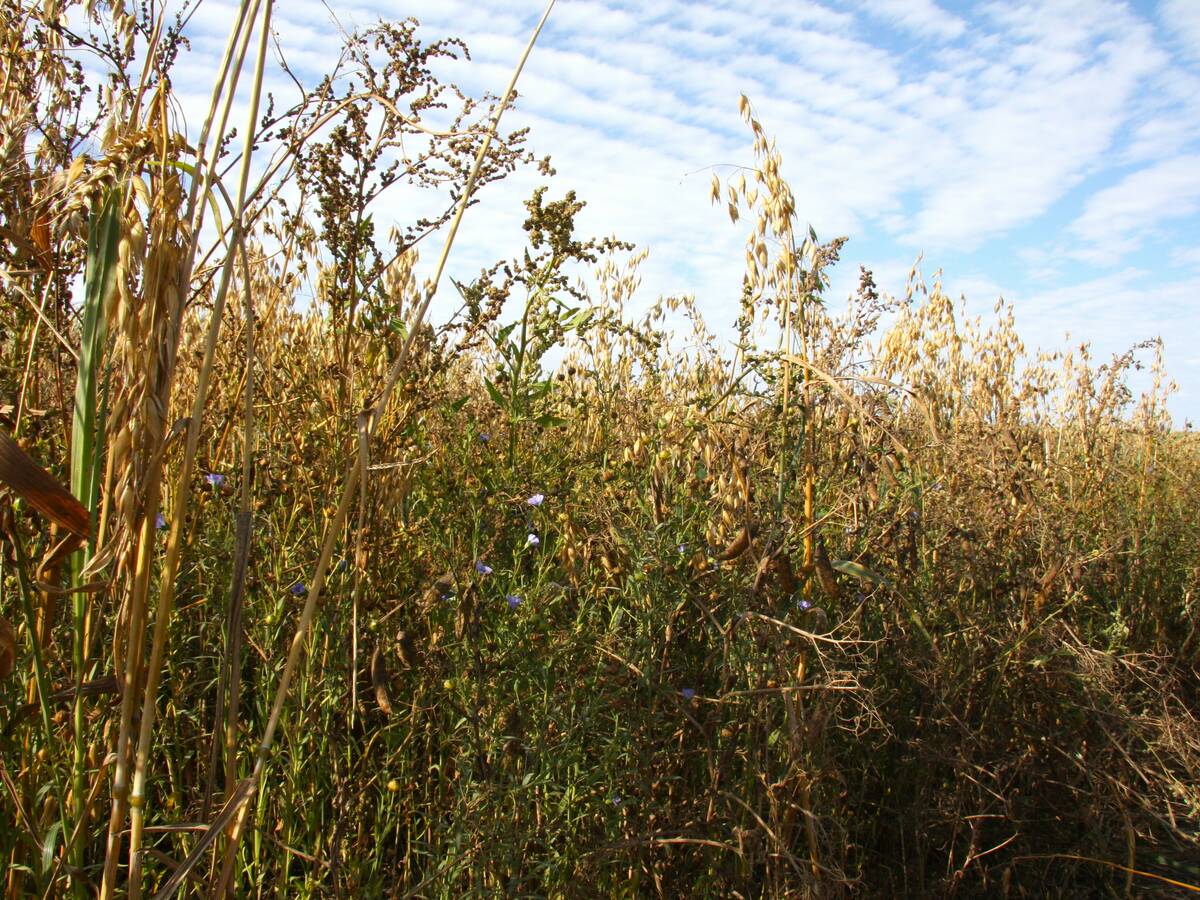
PepsiCo nearly doubles regenerative scope
Another 240,000 farm acres managed through regenerative agriculture will be supported by PepsiCo across Manitoba and Saskatchewan by the end of 2025.
Beef producers will get the overview of their provincial industry association’s activities last year and where things sit with the files on MBP’s plate.
[RELATED] Johnson not giving up on cattle numbers
The industry received some good news on the Crown lands front when the province recently called for a temporary rent reduction on forage and pasture leases. Producers with those leases can expect to pay half their current rent next year, followed by a 33 per cent reduction in 2024 and 15 per cent reduction in the following season.
However, Callum said that move amounts to a correction from what producers have argued was a too-quick increase in rents in the first place.
In 2019, the province unveiled sweeping regulatory changes to the Crown lands system, including a new rental formula that shifted rents from where they had been frozen since 2014. Producers expected rents to triple over the two years following the regulatory change.
MBP petitioned the province for a slower rent ramp up to limit the financial shock to leaseholders.
Informed use, such as off-road vehicle access to rented lands, is another sticking point for MBP on the Crown lands file.
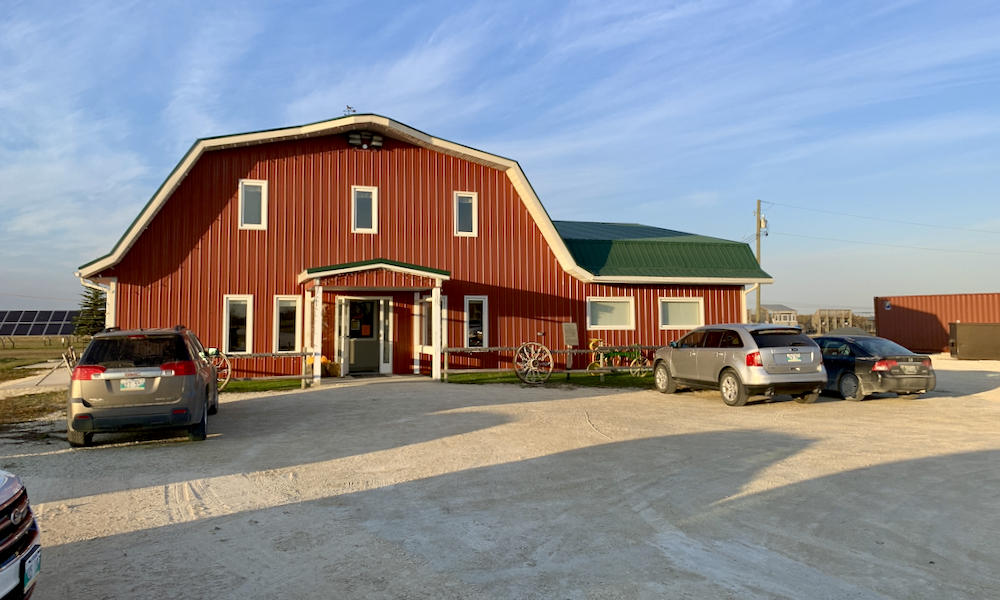
Tough times
With the 2021 drought and flooding this year, disaster relief has also come to the forefront. MBP wants some limitations reduced under the province’s Disaster Financial Assistance (DFA) program.
“There are some things like, effectively, a gross revenue cap that’s impacted some producers,” Callum said.
Similarly, MBP is lobbying the federal government for improvements to the Livestock Tax Deferral Program, mainly on timeliness. The program’s current cycle does not necessarily align with management decisions for producers, the organization has said.
MBP says some producers who face the same conditions as their neighbours are excluded, since the program is based on municipal boundaries.
“So we have lobbied the federal government to make these changes under the Income Tax Act,” Callum said. “It’s a difficult process, but it’s something that the Canadian Cattle Association is focusing on.”
Livestock price insurance is another area where MBP wants changes. Callum says they would like to see cost-shared premiums similar to those in crop insurance.
“I went down to a North Dakota Stockmen’s (Association) meeting where the USDA just put a premium cost share on their price insurance program and they saw an adoption rate increase of 1,000 per cent, so I think that’s the driver,” Callum said.
Livestock predation is another long-standing and ongoing file. The organization’s predation prevention project has done more than 500 predation surveys and has 100 risk management projects on 44 farms.
On yet another file, federal regulations on livestock transport, published in 2019, reduced the maximum time cattle can travel without stop to 36 hours from 48, and increased the length of rest stops. The Canadian cattle sector resisted the changes, arguing that research has not shown any clear benefit to the change for feeder cattle.
The Canadian Food Inspection Agency (CFIA) says the changes are linked to animal health and consumer trust and its current policy is not to prioritize enforcement for trips within four hours of the limit, so long as cattle are over nine days old and other health outcomes are being met.
The regulations also require producers to fill out transfer of care documents that provide information including the date and time animals arrive at a receiving facility and the last time they were fed and watered.
“The challenge with this one is that there is no required format for this information. It can be written by hand on a cigarette box,” Callum said. “It’s difficult to understand what you need if there’s not an actual form, so it’s very frustrating.”
MBP has made sample templates with spaces for the required information.
The district meetings are a precursor to the organization’s February annual general meeting in Winnipeg.


